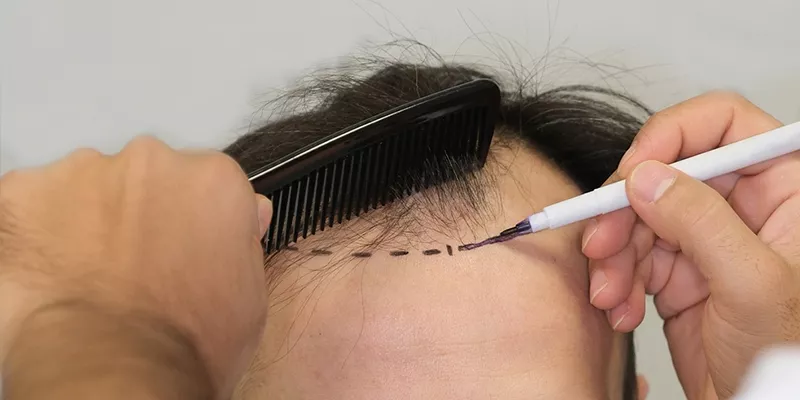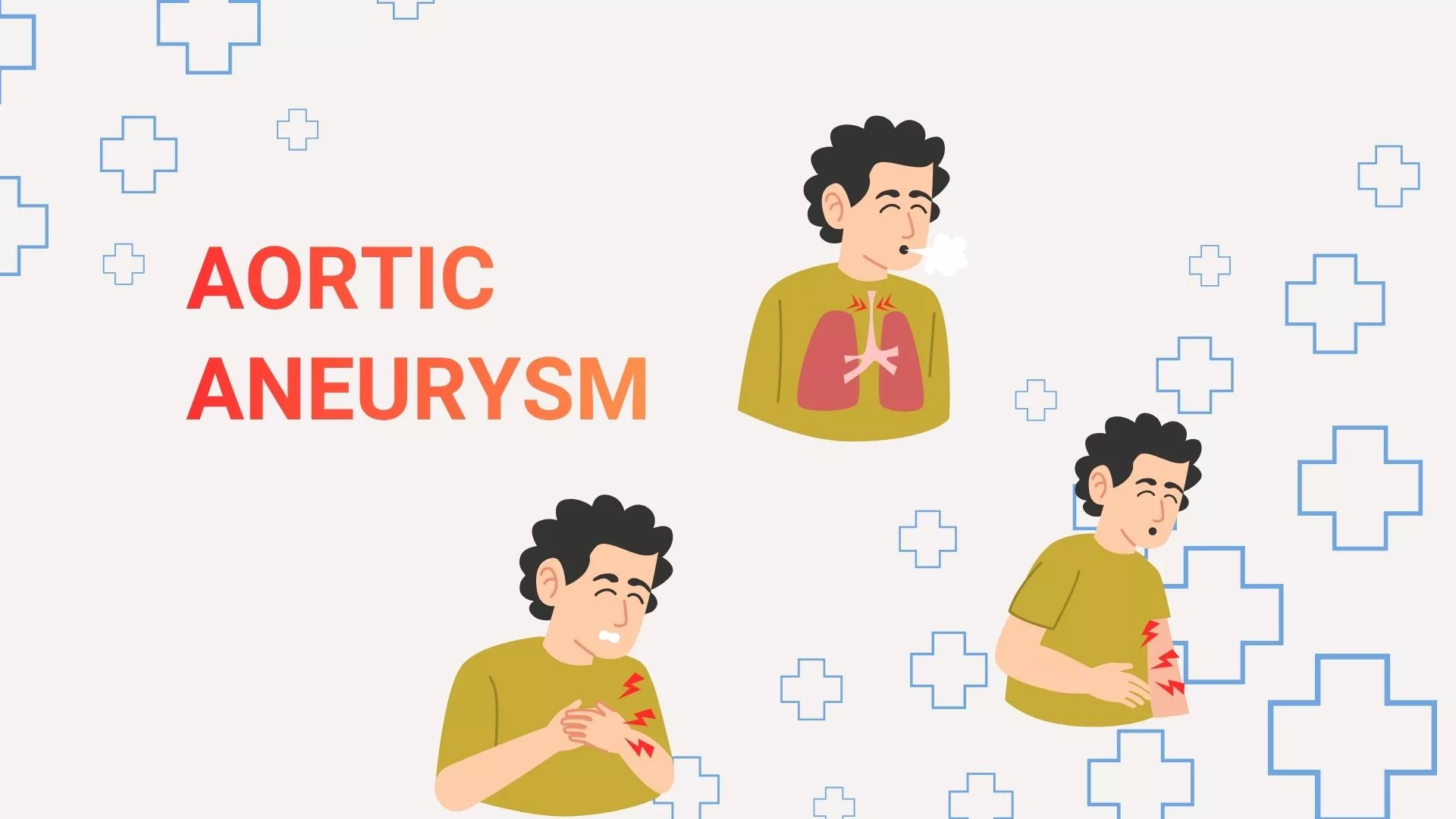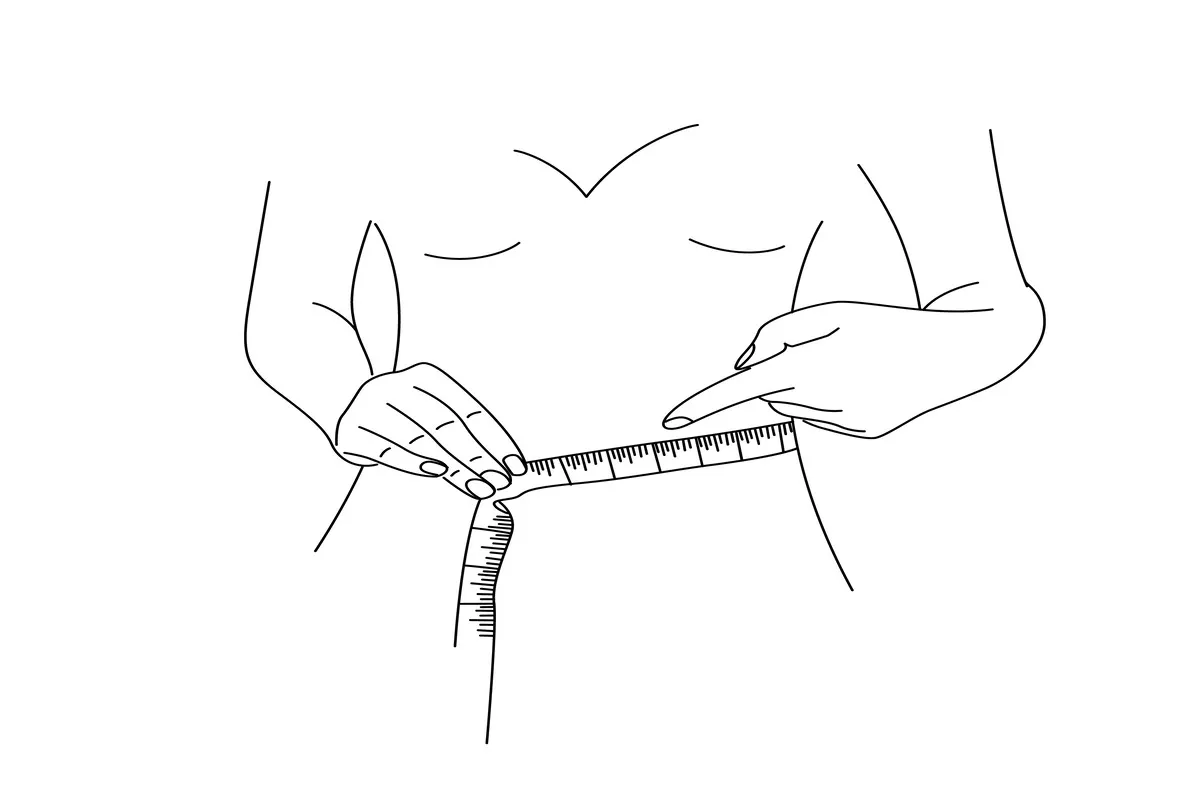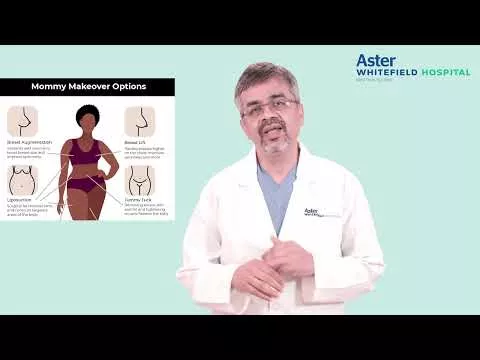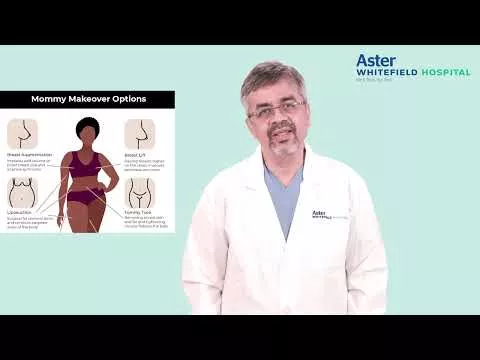Hair loss affects more than your appearance. It changes how you see yourself. It makes you self-conscious in meetings, on video calls, and in photos. That’s why more people today are turning to hair transplantation. It promises real results. Natural hair. No wigs. No powders. But before you book that appointment, there’s something you need to know.
Every benefit comes with a few things to watch for. So, is hair transplant safe? What happens after the procedure? Can it really change your life? Let’s explore what hair transplantation does to your confidence, health, and daily routine.
Why do people choose hair transplants?
Hair loss is common in both men and women. It starts slowly. A receding hairline. A widening part. A thinning crown. Over time, it chips away at confidence. For many, styling tricks or medications don’t help. That’s when hair transplantation becomes an option.
The most popular method today is Follicular Unit Extraction or FUE. In this process, healthy hair follicles are taken from the back of your scalp and implanted into areas with little or no growth. The result is permanent and natural. Most people see visible improvement within a few months.
When done well, it restores not just hair but self-esteem. People feel more confident in social and professional settings. They smile more. They make eye contact. That’s how hair transplantation affects life at a deeper level.
Is hair transplant safe for everyone?
This is the most important question. Is hair transplant safe across all age groups and hair types? The answer is yes [if done by a skilled professional and under proper conditions]. The procedure is safe, but it is determined by your general health condition, the stability of your hair loss pattern, and your expectations.
It is not suitable for everyone. In case your hair loss is uneven or due to a scalp condition that was not treated, a transplant is not the most suitable option. That’s why a proper evaluation by experienced doctors is essential before making a decision.
For those who qualify, the surgery is generally low-risk. It is done under local anaesthesia. Recovery time is short. You can usually return to work in a few days. However, there is no risk-free procedure. Others have pain, swelling, or crusting at the site of the transplant. Such effects tend to wear off within a few days. Nevertheless, one should be prepared to know what might go wrong.
What are the common hair transplant side effects?
Most side effects are temporary. But knowing what to expect helps you prepare better. Here are the common hair transplant side effects reported by patients.
- Swelling: Around the forehead or eyes for the first 48 hours
- Itching: As new hairs begin to grow, mild itching may occur
- Bleeding: Slight oozing from donor or graft sites in the first 24 hours
- Shock loss: Temporary shedding of transplanted or native hair, usually regrows
- Scarring: More common in older strip-based methods, but minimal in FUE
- Infection or folliculitis: Rare, but may occur if aftercare is poor
Most of these are managed easily with rest, medication, and hygiene. Following your surgeon’s aftercare instructions is critical. If any discomfort lasts more than a week, consult your specialist immediately. The best way to avoid long-term issues is to choose a reputed doctor with proven experience in hair restoration. A well-planned transplant done in a safe environment drastically reduces complications.
How does it change your day-to-day life?
The real impact begins after the recovery phase. Within 3 to 4 months, new hair starts to grow. By 6 to 9 months, the change is visible. The transplanted hair blends naturally with your existing hair. You can wash it, cut it, and style it just like before.
People often say they feel younger. They no longer worry about windy weather or camera angles. The anxiety linked to thinning hair fades. This improvement in confidence affects other parts of life too. Job interviews. Relationships. Social events. It all feels easier.
That said, a hair transplant is not a one-time miracle. Hair continues to age. In some cases, further sessions may be needed. To maintain the best results, you may also be advised to use hair-supporting treatments like minoxidil or supplements. It is also important to maintain scalp health. Regular check-ups with your specialist ensure that any future hair thinning is caught early.
Final thoughts
Hair transplantation can transform how you look and feel. But it must be approached with clear information. Many people ask, “Is hair transplant safe?”, and the answer lies in preparation, technique, and care. The procedure is safe when done by trained hands. The results are real and long-lasting. But don’t ignore the hair transplant side effects. Be ready for a short recovery period. Stay patient. Follow your aftercare routine. The new hair takes time, but once it arrives, it stays.
If you are considering a transplant, start by speaking to experienced doctors by collaborating with the Aster Hospital, a trusted Plastic Surgery Hospital. They will assess your scalp, discuss your goals, and explain your options. With the right support, hair transplantation can give you more than just hair—it can give you your confidence back.
